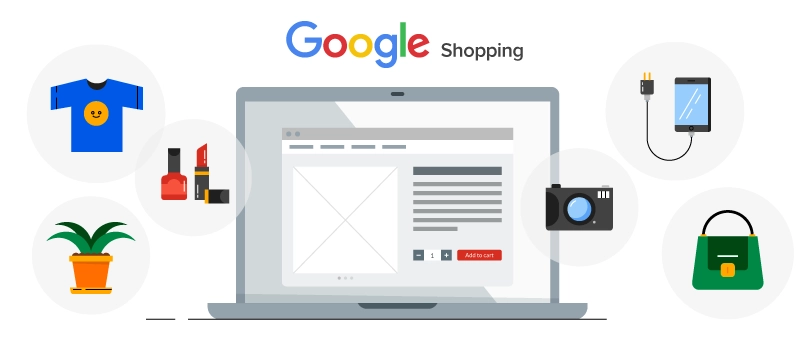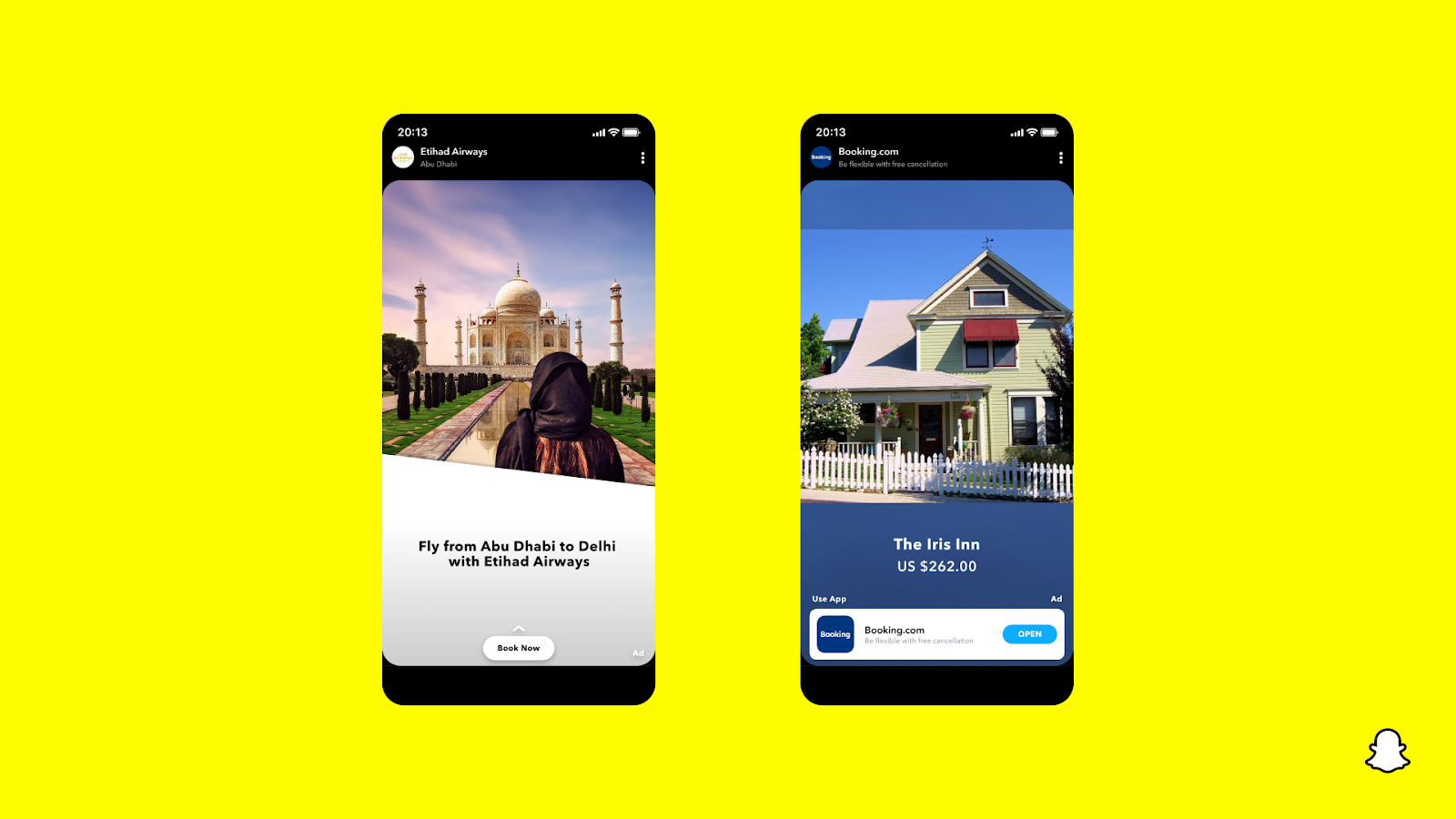Twitter for eCommerce: 9 Ways To Use It Effectively
Twitter is a popular platform for people to share fascinating things they do, see, and read and in the process, the tweets become shared by others who view them. As many retailers have found, Twitter is a powerful tool for communicating with consumers and potential customers. According to a new survey by Compete for Twitter, Twitter followers are likelier to make online purchases than the general public. Statista report shows that Twitter has the lowest CPM ($6.46) in online advertising. If you're not making many sales, isn't it time for you to launch Twitter for eCommerce?
If you want to drive massive traffic to your store and increase your revenue, there is no better time than now to make it happen on Twitter. In this post, you will learn practical tips and strategies to utilize Twitter for eCommerce at a reduced cost-effectively.
Before we dive in, did you know that;
- Twitter’s First View concept increases the video watch time by 1.4x
- Over 16% of web and mobile users aged 16-64 leverage Twitter for brand research
- More than 50% of Twitter’s users consume content regularly via the platform
- The majority of Twitter users are financially stable
Why use Twitter for eCommerce?

Twitter is a potent promotional tool that can drive website traffic, encourage repeat purchases, engage your potential customers, and enhance your interaction with your devotees personally. In addition, the platform can help to multiply your online store rates of sales and conversions.
Aside from being the sixth-largest online social platform in the world with 316 million users, there is no alternative social media network that enables customers and businesses to communicate directly and immediately like Twitter.
Twitter for eCommerce: Is it worth investing time and effort?
Twitter may appear to be yet another source of news and celebrity rumors, but up until recently, its potential for usage in eCommerce was underrated. What if you were able to purchase the most recent pair of Adidas shoes the moment you learned about them via a hashtag and a Tweet?
Twitter has a more prominent and active viewership that is most favored by millennials and Generation Z. With such a customer base; businesses may create specialized marketing plans to appeal to various age groups.
When to use Twitter for eCommerce?
Online retailers can use Twitter as a marketing channel to reach more target audiences via tweets. But to make this tweet more engaging and beneficial to a store in terms of revenue, businesses must use the promoted tweet feature. When you use a promoted tweet, you only get charged for each retweet or like; it costs between 50c to $1 per user action.
If you want customers to purchase some latest products from your store, they must be aware of all the possible uses for such items. By using Twitter, retailers can highlight the various advantages and applications of the things they sell and get conversion quickly. Remember, the objective is to pique people's interest in trying your goods and purchase them within the shortest possible time.
How to effectively use Twitter for eCommerce
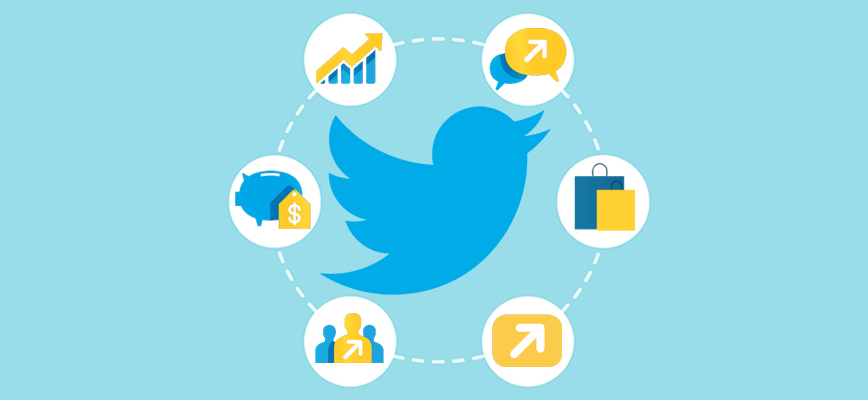
To reach the target audience while boosting the potential customer base, knowing how to leverage Twitter features effectively will be beneficial for businesses of all sizes. In this section, we will outline vital approaches that eCommerce owners can tap into to boost company revenue, brand loyalty, and customer engagements.
1- Take Advantage of the New Twitter Shop Feature
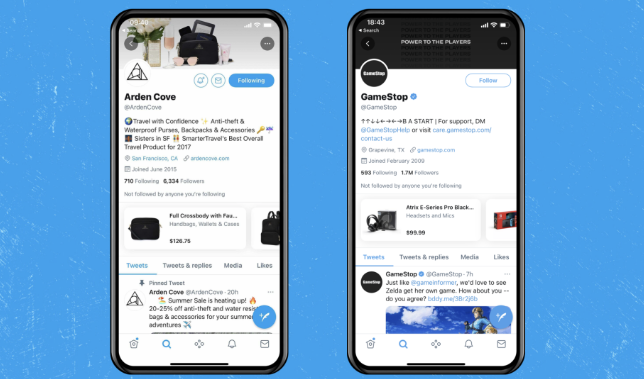
As an e-commerce business owner, one of the effective ways to attract and convert customers is by sampling and showing them your products. Fortunately, Twitter now has a Twitter Shop interface that allows business owners to catalog and showcase their products to interested buyers. So while you work to build a brand following on the platform, you also have the opportunity to display and educate potential customers on the special features of your products. More interestingly is the fact that Twitter Shop has a built-in interface that allows customers to navigate from your Twitter profile to your e-commerce website.
And if you’re wondering about the allowable amounts of displayable products, Twitter Shop allows you to showcase up to 50 product samples on your specialized shop profile
2- Examine Your Competitors
An adage says, "there is no new thing under the sun". The same is true for eCommerce businesses. There is more than one online store that offers similar items that you sell. Via Twitter, You can learn from competing brands -that are already operating well. Start by monitoring their variations and analyze how many users engage with their tweets.
Try to incorporate their strategies into your own Twitter promotional campaign. In addition, you might also keep an eye on their publishing (posting) timelines and periodicity. With this in place, you can adopt their timetable in the hopes that it will help you connect with your audience. If it works, keep using it, and if it doesn't, fine-tune it and leverage on what they aren't doing correctly.
Although, keeping a tab on your competitors might prove cumbersome, and that's why most enterprises are utilizing ConvertedIn Application to bypass the tedious manual process.
3- Engage in Social Listening
When utilizing Twitter for eCommerce, you must adopt the habit of social listening. As we all know, social listening entails tracking or monitoring any conversations or references about a company, its goods, or its services. To ensure that your brand resonates with the target audience, you must strictly follow the best practices. By so doing, it will allow you to understand how consumers view or perceive your business offerings, and as such, enhance your ability to provide a better experience across all channels
For instance, you might discover that some customers had a horrible experience using one of your goods and as such, complain about it on social media. By participating in the conversation (social listening), you can assess this drawback and come up with solutions to alleviate it efficiently.
4- Publish Valuable Content
When leveraging Twitter for your eCommerce business, ensure the information you post provides immense value. Through this means, your potential customers will stick to your brand and want to hear more from your product updates. As a result, retailers should avoid posting anything arbitrary via their profiles. However, how you assign or attribute value will depend on your brand objectives. In most cases, proven ways to add value involve:
- Disseminating instructional content to your audience
- Sharing amusing information that makes people happy
- Sharing a thought-provoking, inquisitive concept.
5- Leverage on Twitter Custom Audiences
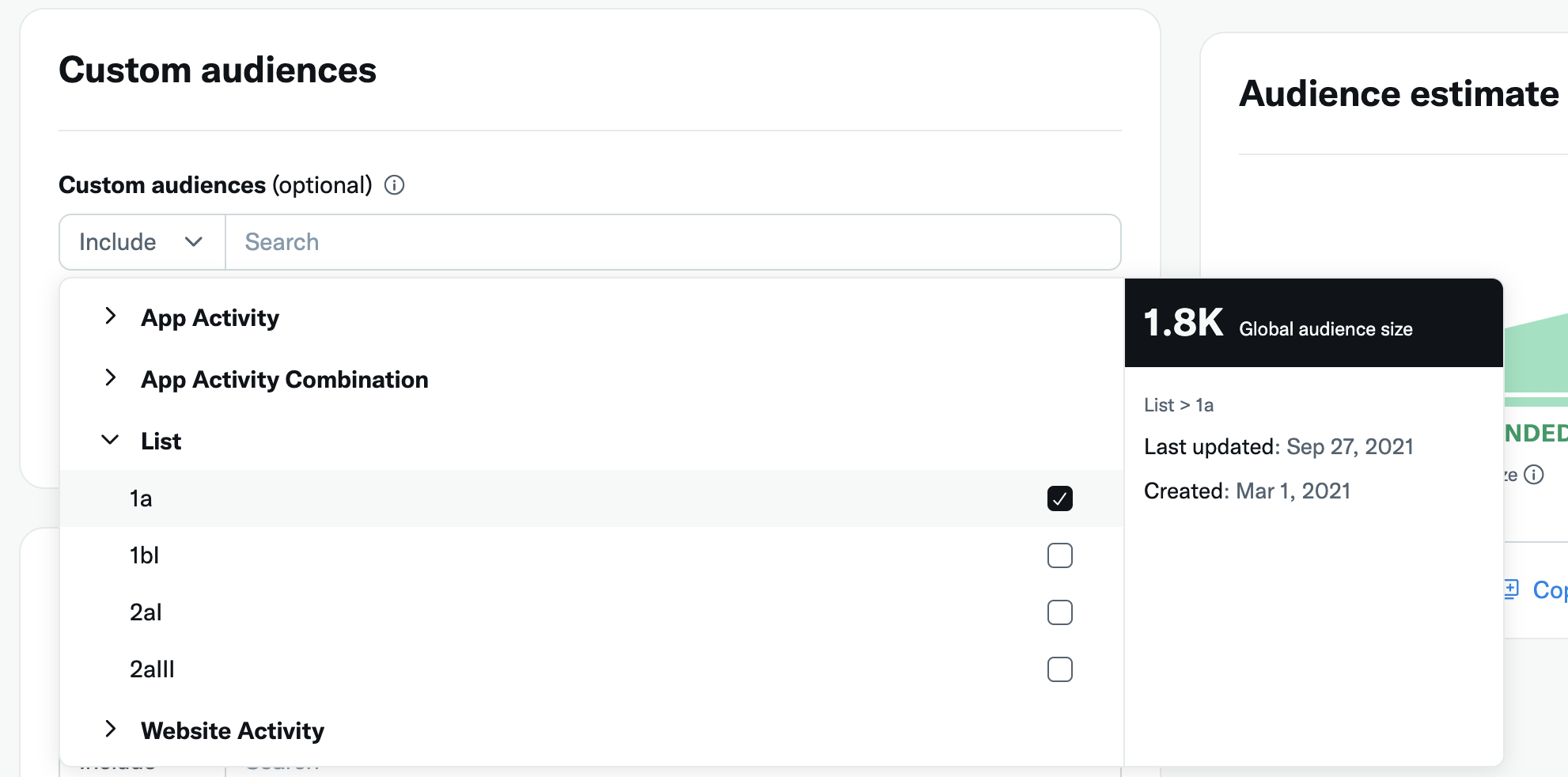
If you have products to promote, by using Custom Audiences, your Twitter Ads campaign will be seen by most of your target audiences and customers. For retailers with existing email lists of visitors, running Twitter promotions to reach them, opens another avenue for you to propel them to make a purchase.
6- Use Appropriate Hashtags
If you're not leveraging on hashtags at the moment, do so right away. Why? It's a fantastic feature for increasing the number of customers who see your tweets. According to a recent report, hashtag usage by brands promotes engagement by 50%. Why this is interesting to know, be smart and limit your hashtag usage to less than 3 per tweet.
7- Harness the Power of UTM
Leveraging on "Urchin Tracking Module" (UTM) is a great approach to learning more about your audience engagement. UTM monitoring (tracking) integrates additional information to the URLs you publish and share with others, thereby making it possible for you to monitor user interaction. To begin using UTM tracking, you must construct a "unique" URL for every link you share on social media.
For example, if you run Twitter Ads in addition to your regular tweets, you will be able to determine the visitors that came via Twitter using Google Analytics. However, it cannot differentiate between the clicks that came from the Twitter Campaigns as opposed to the ones from genuine tweets. As such, these limitations make it difficult to precisely track conversions, bounce rates, e.t.c. Then?
UTM tracking overcomes this limitation by generating unique URLs for each link, to provide vital information about whether a link is from sponsored, organic, or paid traffic. To set up the URLs for this purpose, go through Google’s URL Builder.
8- Target Specific Audience with Sponsored Tweets
There are occasions when consumers won't discover you despite all of your efforts to draw in targeted audiences. However, there is a technique you can use to draw in and keep your target audience. With the aid of Sponsored Tweets, businesses can target people whose traits resemble those of their potential shoppers. By sending these individuals relevant, meaningful, and engaging tweets, you can ensure that they will see them and ultimately be persuaded to purchase from your online marketplace.
9- Engage Users Via Twitter Chat
Twitter chats are ideal for promoting interactions between businesses and customers. They enable you to demonstrate the responsiveness of your brand while also improving your awareness of consumer perceptions of it. Maintaining regular Twitter conversations can help you establish a solid rapport with your followers. Also, this boosts your odds of earning their loyalty and motivates them to return to your shop for additional purchases.
Through the business-to-customer mechanism on Twitter, retailers can make use of the chance to:
- Respond to their issues.
- Address buyer's problems.
- Learn more about your audience
Final Notes?
Leveraging Twitter for eCommerce is advantageous in all ramifications. To make more sales, you need to ensure that your offerings are robust and your business model is well-defined to get the most out of this type of social eCommerce.
